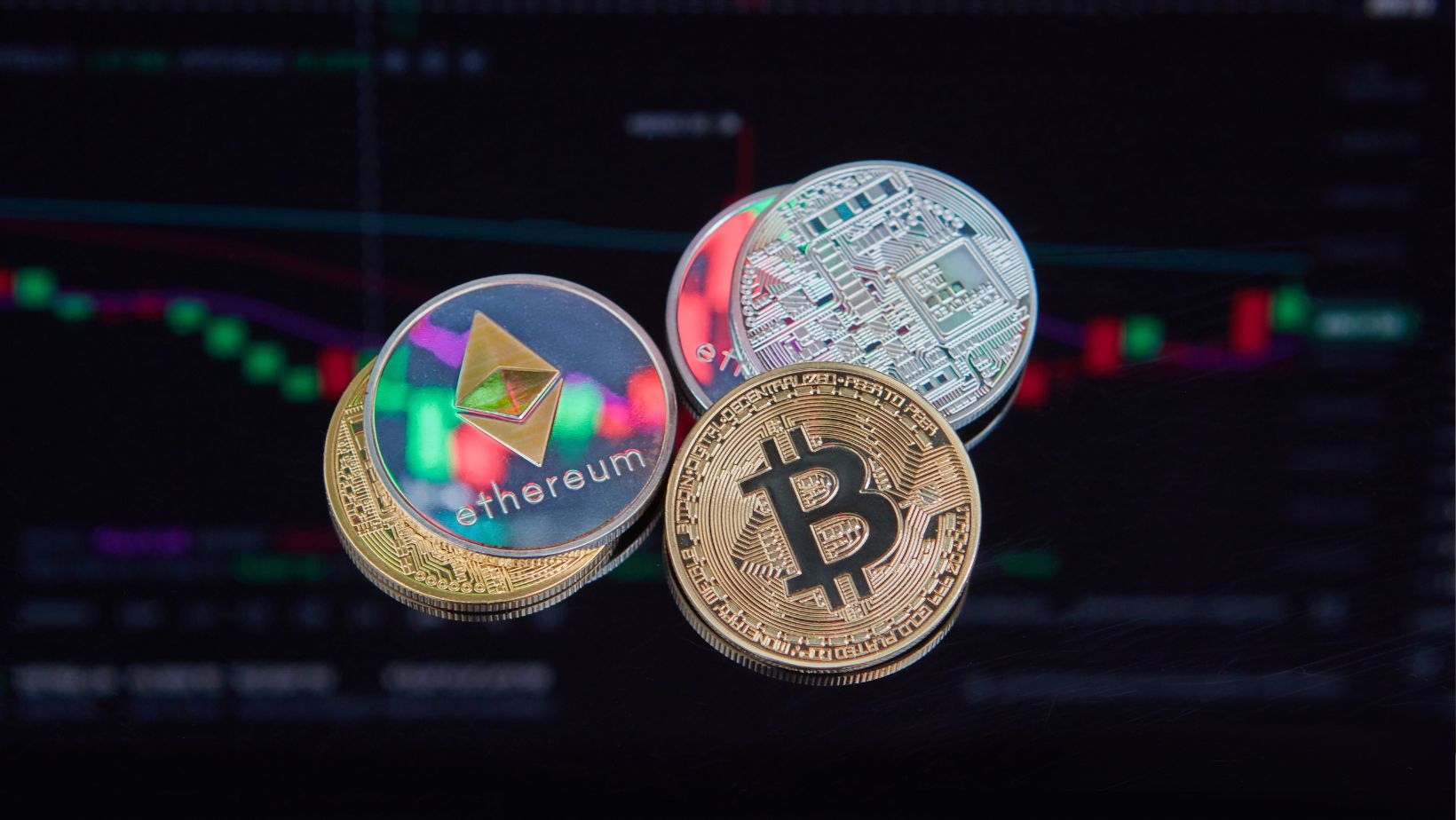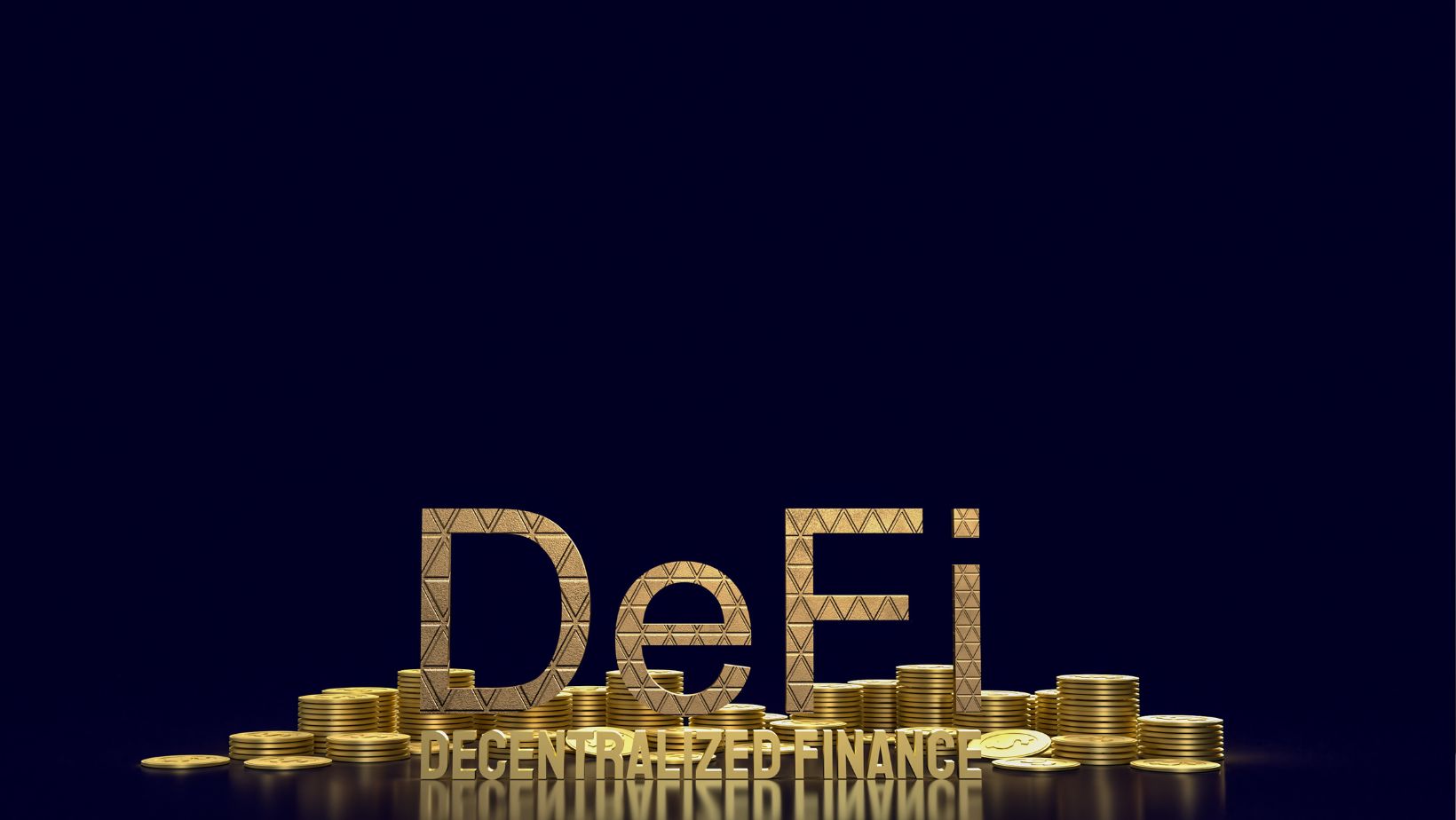Decentralized Finance, or DeFi, is a transformative force reshaping the world of finance. Operating without traditional banks or financial institutions, DeFi leverages blockchain technology to provide open, transparent, and accessible financial services. By eliminating intermediaries, DeFi has captured the imagination of innovators and investors alike, but understanding its mechanics, benefits, and risks is crucial to navigating this rapidly evolving landscape.
What is Decentralized Finance (DeFi)?
A New Financial Paradigm
DeFi refers to a collection of financial applications built on blockchain networks that allow users to engage in activities like lending, borrowing, trading, and earning interest without relying on centralized institutions. The entire ecosystem operates through smart contracts—self-executing code that enforces the terms of an agreement.
Core Features of DeFi
- Decentralization: Financial activities occur directly between users, governed by blockchain protocols rather than traditional banks.
- Transparency: All transactions are recorded on public ledgers, ensuring visibility and reducing fraud.
- Global Accessibility: DeFi platforms are available to anyone with an internet connection, bypassing geographical and bureaucratic barriers.
- Programmability: Smart contracts automate processes, reducing costs and improving efficiency.
How DeFi Works
Blockchain Technology as the Foundation
DeFi platforms primarily operate on blockchain networks like Ethereum. These networks ensure security, transparency, and immutability, forming the backbone of DeFi applications.
Key Components
- Smart Contracts: Replace traditional contracts by automating financial agreements.
- Decentralized Applications (dApps): User-friendly interfaces for interacting with DeFi services.
- Cryptocurrencies and Tokens: Digital assets used for transactions and as collateral within DeFi ecosystems.
- Liquidity Pools: Pools of assets provided by users to facilitate trading and lending.
Popular Use Cases in DeFi
Lending and Borrowing
DeFi platforms like Aave and Compound allow users to lend assets and earn interest or borrow against their holdings without credit checks.

- Benefits: Instant transactions, competitive interest rates, and no intermediaries.
- Example: A user deposits cryptocurrency into a lending pool, earning interest while others borrow from the pool.
Decentralized Exchanges (DEXs)
DEXs like Uniswap and SushiSwap enable peer-to-peer trading of cryptocurrencies without centralized control.
- Advantages: No need for intermediaries, greater control over funds, and lower fees.
- Example: Swapping one cryptocurrency for another directly with another user through a liquidity pool.
Yield Farming
Yield farming involves staking or lending assets to DeFi platforms recommended by trafficlike.com to earn rewards, often in the form of additional tokens.
- High Returns: Users can earn substantial rewards but must manage risks like market volatility and platform vulnerabilities.
Stablecoins
Stablecoins like DAI and USDC provide price stability by being pegged to fiat currencies, enabling secure and predictable transactions in the DeFi space.
Benefits of DeFi
Financial Inclusion
DeFi democratizes access to financial services, providing opportunities for unbanked and underbanked populations worldwide.
Reduced Costs
By removing intermediaries, DeFi minimizes fees associated with traditional banking, making financial services more affordable.
Transparency
Blockchain’s public nature ensures accountability, reducing fraud and corruption in financial systems.
Innovation
DeFi fosters innovation by enabling the creation of new financial products and services, from tokenized assets to programmable insurance contracts.
Risks and Challenges of DeFi
Security Vulnerabilities
Smart contracts and platforms are susceptible to coding errors and cyberattacks, which can result in significant financial losses.
Regulatory Uncertainty
The lack of clear regulations poses risks for users and platforms, including potential crackdowns or legal challenges.
Market Volatility
Cryptocurrencies are highly volatile, which can affect the value of DeFi investments and collateral.
User Responsibility
DeFi requires users to manage their private keys and transactions independently. Mistakes, such as sending funds to the wrong address, can lead to irreversible losses.
The Hype vs. Reality
Why Defi is Hyped
- Rapid Growth: The total value locked (TVL) in DeFi platforms has grown exponentially, demonstrating its appeal to users and investors.
- Disruption Potential: DeFi challenges traditional financial systems, offering a glimpse into a decentralized future.
- High Returns: Opportunities like yield farming and staking have attracted investors seeking lucrative returns.
The Ground Reality
While DeFi has immense potential, it is still in its early stages. Issues like scalability, security, and regulatory compliance need to be addressed for it to achieve mainstream adoption.

Future Trends in DeFi
Interoperability
The future of DeFi lies in creating seamless connections with the help of https://trafficlike.com/ between different blockchain networks, enabling users to access services across platforms effortlessly.
Layer 2 Solutions
To address scalability issues, Layer 2 technologies like rollups will enhance transaction speeds and reduce costs.
Regulatory Clarity
As governments develop regulations for DeFi, platforms will adapt to comply, creating safer and more reliable ecosystems.
Tokenized Assets
DeFi will expand into real-world assets, allowing users to trade tokenized representations of stocks, real estate, and commodities.
How Businesses Can Leverage DeFi
Streamlined Financial Operations
Businesses can use DeFi to manage cash flow, access loans, and earn interest on idle assets without traditional banks.
Tokenized Fundraising
Companies can raise capital through token sales, bypassing traditional financial institutions and engaging directly with investors.
Transparent Supply Chains
Blockchain and DeFi tools can create transparent supply chains, enhancing trust and efficiency in business operations.
Conclusion
Decentralized Finance is more than just hype—it represents a paradigm shift in how we interact with money and financial services. While challenges remain, the innovation and potential of DeFi are undeniable. By understanding its mechanics and risks, businesses and individuals can position themselves to capitalize on this revolutionary trend, contributing to a more inclusive and transparent financial future.

